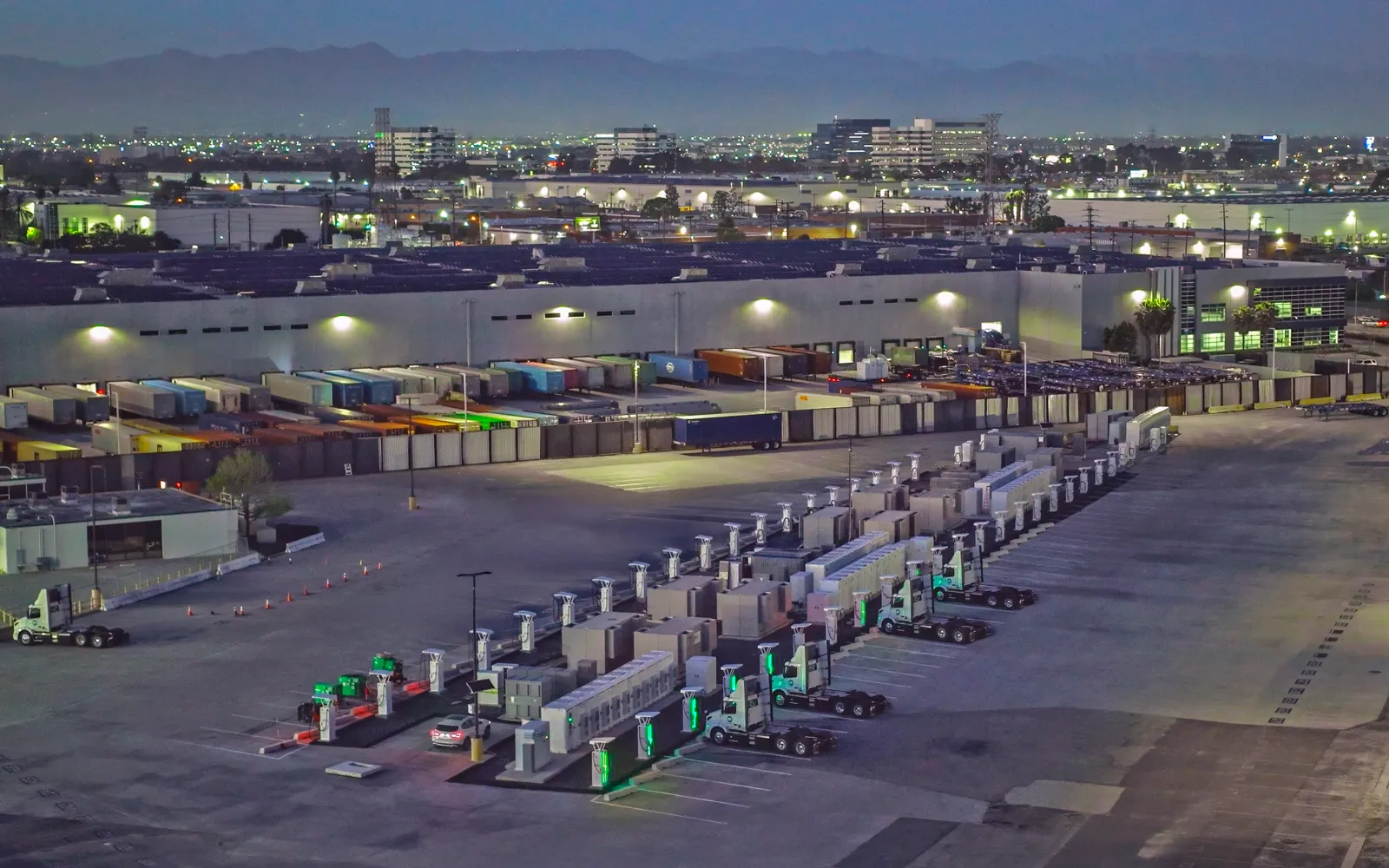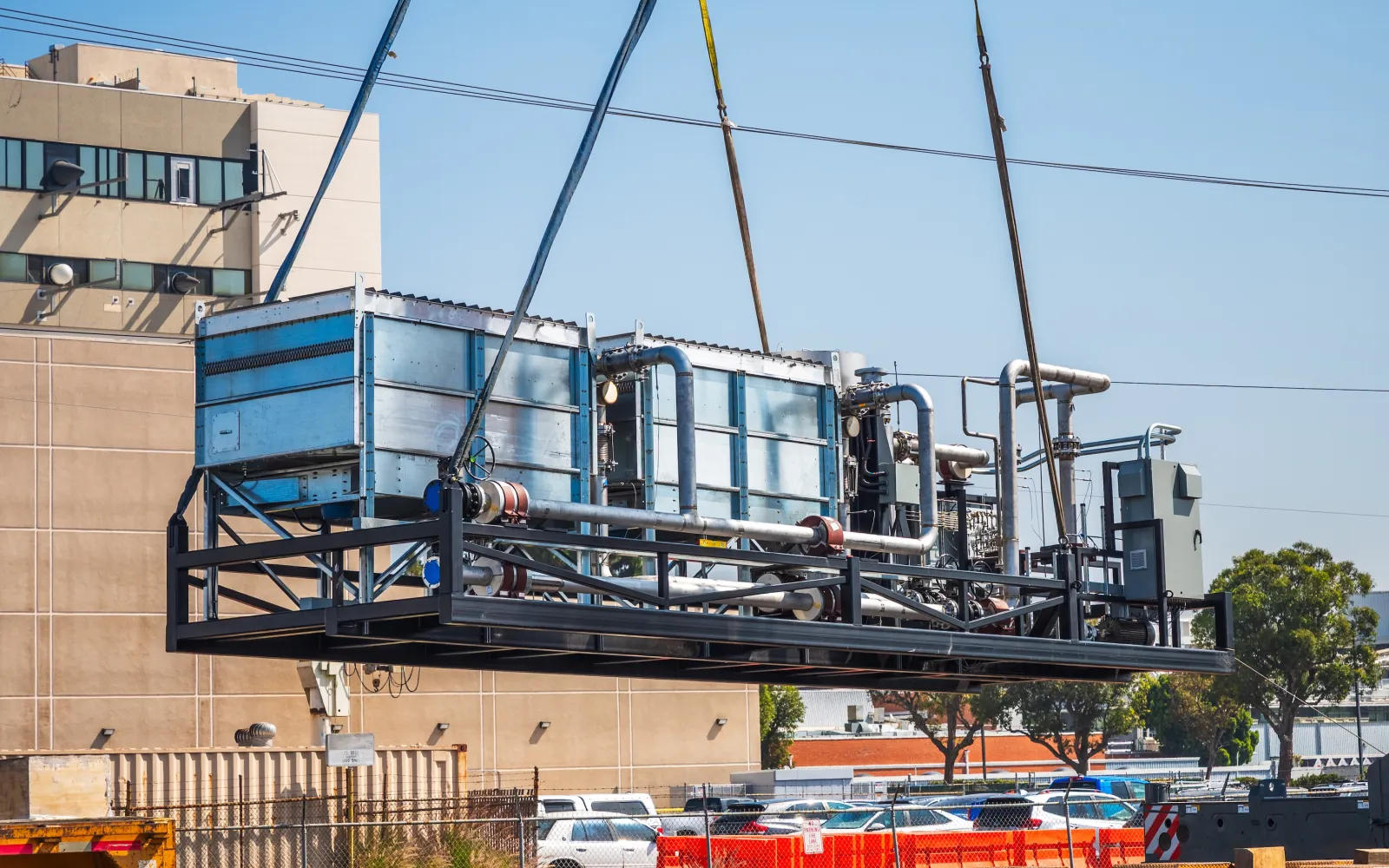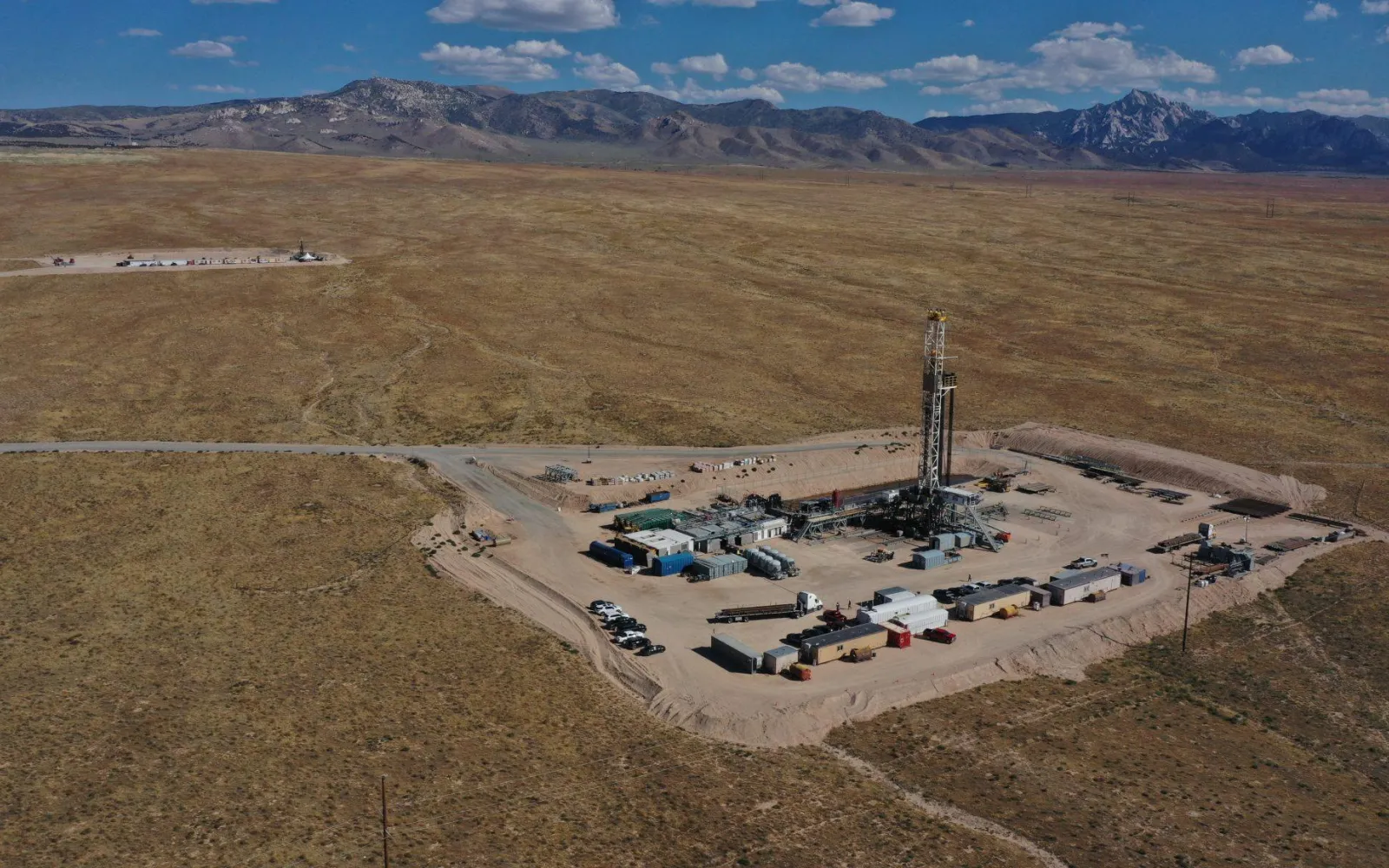
Mainspring Energy
Providing flexible, dispatchable, high-efficiency power
When I walked the Model S production line at Tesla in 2012, I understood we were building cars that would charge from a grid that was barely 50% renewable. Critics called it greenwashing. We called it infrastructure for the inevitable. Today, as those same EVs increasingly charge from cleaner electrons, that bet looks prescient. The vehicles didn’t wait for the perfect grid — they helped create the demand for it.
I see the same pattern emerging in industrial power generation, which is why DCVC Climate recently joined Mainspring Energy’s $290 million Series F round. The company has solved a critical puzzle: how to build power infrastructure today that won’t lock us into fossil fuels tomorrow.
Here’s the challenge. Data center capacity is doubling every two years. Manufacturing is reshoring at unprecedented rates. EV charging networks are expanding exponentially. The result? Peak electrical loads will surge 38% by 2035, according to Brattle Group. But utilities, after decades of flat demand, can’t keep pace. JLL’s industrial team reports 5 – 8 year wait times for new grid connections. For a data center developer or manufacturer, that timeline is untenable.
The traditional answer — diesel generators — is both dirty and inflexible. The idealist’s answer — wait for green hydrogen infrastructure — ignores commercial reality. Mainspring offers something different: generators that run on whatever fuel is available today while remaining ready for whatever comes tomorrow.
The breakthrough lies in the digitization of power generation itself. As Mainspring CEO Shannon Miller explained when she pitched us, historically every generator had to spin at exactly 3,600 RPM to match the grid’s 60Hz frequency. This mechanical constraint shaped a century of power infrastructure. But modern power electronics changed the game. “We can rethink how we create our waveform,” Miller told us. “We’re not constrained to a spinning device.”
This insight enabled Mainspring to build linear generators — no turbines, no spinning — that use compression rather than combustion. Each unit, roughly the size of a parking space, generates 250 kilowatts. They’re modular by design: deploy one for a grocery store’s backup power or cluster them for 18 megawatts per acre at a data center. Most crucially, advanced power electronics allow these generators to seamlessly switch between any gaseous fuel — natural gas, propane, biogas, hydrogen, ammonia — compensating automatically for different energy densities.
The real-world impact is immediate. When Prologis needed to power EV chargers for 96 electric trucks at the Los Angeles and Long Beach ports, the utility timeline stretched three years. Mainspring delivered power in nine months. The generators run on natural gas today but will switch to green hydrogen the moment it becomes economically available — no retrofitting required.
This flexibility reflects a fundamental shift in how we think about energy infrastructure. Instead of betting on a single fuel source or waiting for perfect solutions, smart operators are deploying adaptable systems that improve over time. It’s the difference between building a railway that only works with steam engines versus laying track that accommodates whatever locomotive technology emerges.
We see this as part of a broader transformation in energy systems. The centralized grid model — massive plants, long transmission lines, one-way power flow — is giving way to something more resilient and responsive. A new generation of modular energy systems is emerging — from flexible generation to next-gen transformers and intelligent storage — all designed to make clean power local, fast, and available. These technologies don’t require grand infrastructure overhauls; they work within existing constraints while creating pathways to a cleaner future.
For industrial customers, Mainspring’s approach offers something invaluable: agency. Rather than waiting years for utility connections or accepting diesel’s environmental burden, they can deploy clean-capable generation immediately. They’re not locking in emissions; they’re locking in optionality.
Miller left Tesla in 2010 to pursue this vision, bringing together colleagues from Stanford’s advanced energy labs. After fourteen years of development and hundreds of field deployments, Mainspring has proven both the technology and the business model. Our investment, alongside General Catalyst, Amazon’s Climate Pledge Fund, and Temasek, will accelerate manufacturing and deployment precisely when the market needs it most.
The lesson from Tesla’s early days remains relevant: the perfect shouldn’t be the enemy of the transformative. We didn’t wait for a green grid to build electric vehicles. Today’s industrial operators shouldn’t wait for perfect fuel supplies to build flexible, clean-capable power systems. The infrastructure we build now shapes the energy system we’ll have tomorrow. With Mainspring, we’re ensuring that system can evolve toward zero emissions without starting from zero.




